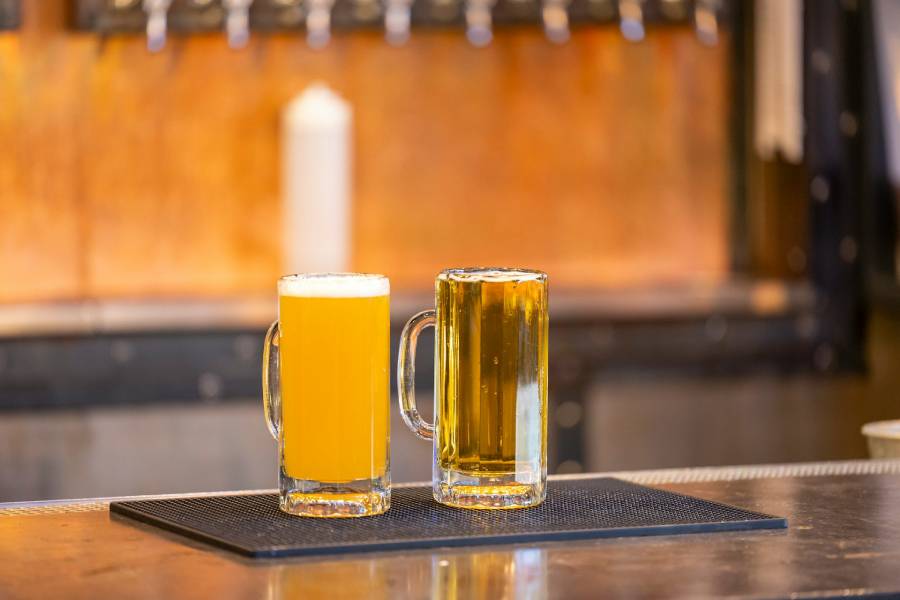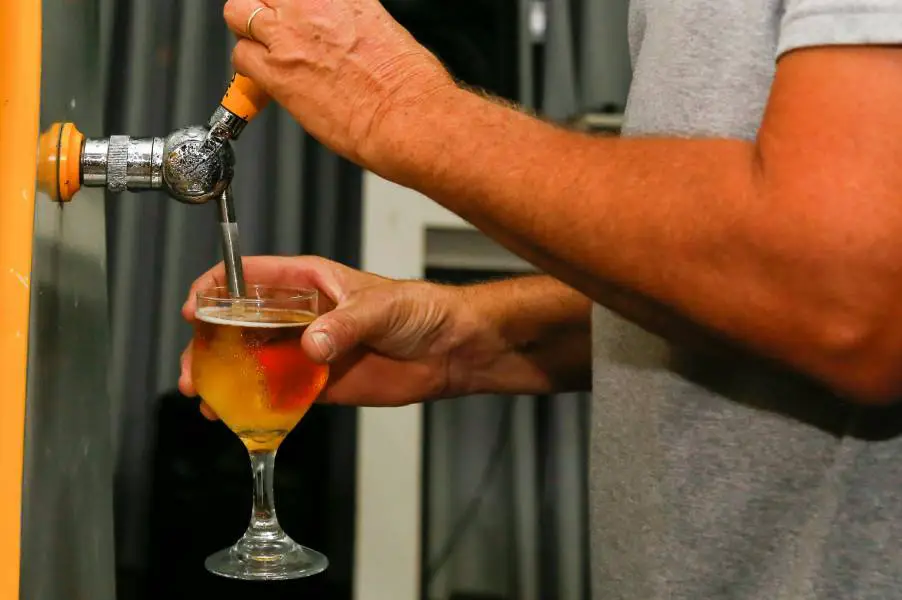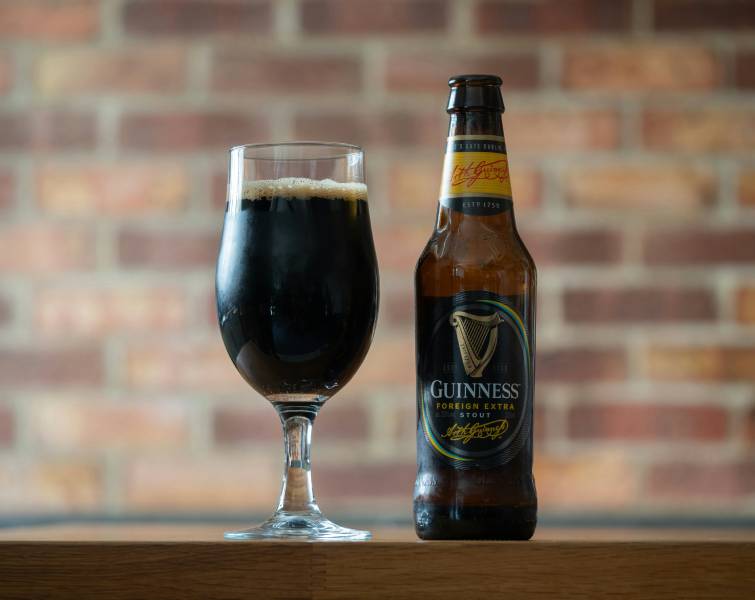Powdered Brewery Wash (PBW) is a game-changer for keeping brewing equipment spotless and efficient. But how much PBW per gallon is needed for optimal results? Understanding the right amount can make all the difference in your cleaning routine. This helps ensure your equipment stays in top shape without wasting product.
How Much PBW per Gallon?
The best and recommended Pbw is 1 to 2 ounces per gallon when cleaning a brewing kettle and ¾ ounces per gallon when cleaning other brewing equipment. For instance, you will need ¾ ounces per gallon to clean other brewing equipment such as kegs, fermenters, carboys, spoons, and bottles.
However, the manufacturer recommends that brewers use 1 to 3 ounces per gallon, but this will depend on the type of equipment being cleaned, the level of soil and residue, the temperature of the water, and the duration of soaking. Adjustments may be needed based on specific cleaning requirements and conditions.
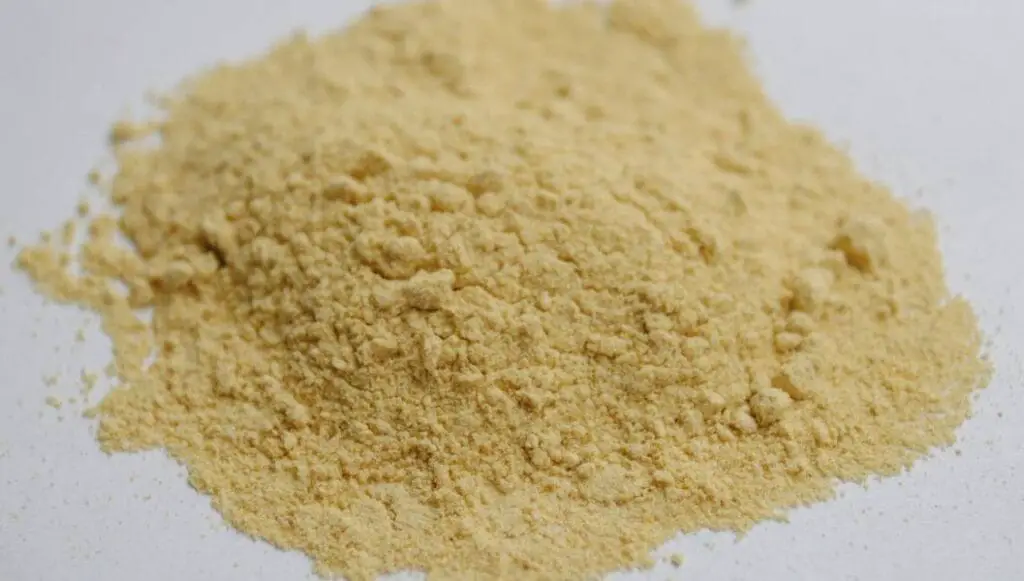
Calculating the Right Amount of PBW per Gallon
PBW is an effective cleaner that keeps your brewing equipment spotless. However, calculating the right amount is essential to ensure its effectiveness and avoid wastage. Typically, 1 to 3 ounces per gallon is recommended, but adjusting based on your specific cleaning needs will yield the best results. Here’s how to get it right:
- Calculate how much cleaning solution you need based on the size of your equipment and the extent of the cleaning task.
- Use a kitchen scale to measure the PBW accurately. For instance, if you need 3 gallons of cleaning solution, you might use between 3 to 9 ounces of PBW, depending on the cleaning intensity required.
- Dissolve the measured PBW in the appropriate amount of warm water. Stir until fully dissolved to ensure an even distribution of the cleaner.
For light cleaning, such as rinsing a fermenter after a simple brew, 1 ounce per gallon might suffice. However, for heavy cleaning, like scrubbing out a kettle with stubborn residue, up to 3 ounces per gallon might be necessary.
Why Proper PBW Measurement Matters
Having the PBW is not enough to help you clean your brewing equipment. Proper measurement is what defines the effectiveness and efficiency of the cleaning process. Here’s why you need accurate measurement:
- Effectiveness: The right amount of PBW ensures that all residues are effectively broken down and removed. Too little PBW might leave behind contaminants that may affect the next brew.
- Safety: Proper measurement reduces the risk of chemical burns or skin irritation. Excessive PBW can be harsh on both the equipment and the user.
- Cost Efficiency: Using the correct amount of PBW helps avoid unnecessary wastage. Overusing it can lead to higher expenses without additional cleaning benefits.
- Equipment Longevity: Accurate PBW measurement prevents damage to your brewing equipment. High concentrations can be corrosive over time, reducing the lifespan of your beer equipment.
- Environmental Impact: Properly measured PBW minimizes environmental harm. Excessive of it can lead to more chemical runoff that negatively affects local ecosystems.
- Consistent Results: Consistency in measurement ensures that each cleaning session is as effective as the last. This leads to more reliable brewing outcomes with fewer batch failures.
- Ease of Use: Knowing the exact amount simplifies the cleaning process, saving time and effort. It removes the guesswork and makes the task straightforward and efficient.
Tips for Using PBW Effectively
There are various tips that can help you use PBW fast and effectively when cleaning the equipment. Here are some of the tips:
- Optimal Water Temperature: Use warm water to dissolve PBW for better cleaning action. Warm water helps activate the cleaner, breaking down residues more efficiently.
- Soaking Time: Allow equipment to soak in PBW solution for at least 30 minutes. Longer soaking times can help tackle stubborn residues and build-up.
- Rinsing Thoroughly: Rinse all equipment thoroughly with clean water after using PBW. Residual cleaner can affect the taste and safety of your next brew.
- Use the Right Tools: Use brushes and scrubbers appropriate for your equipment to enhance cleaning. These tools can help reach and clean hard-to-access areas.
- Frequent Cleaning: Regularly clean your equipment with PBW to prevent build-up. Frequent cleaning helps maintain equipment hygiene and reduces the need for heavy scrubbing.
- Proper Storage: Store PBW in a dry, cool place to maintain its effectiveness. Moisture and heat can degrade the cleaner, making it less effective over time.
- Follow Manufacturer Instructions: Always refer to the PBW manufacturer’s guidelines for specific usage instructions. These guidelines provide valuable information tailored to the product’s formulation.
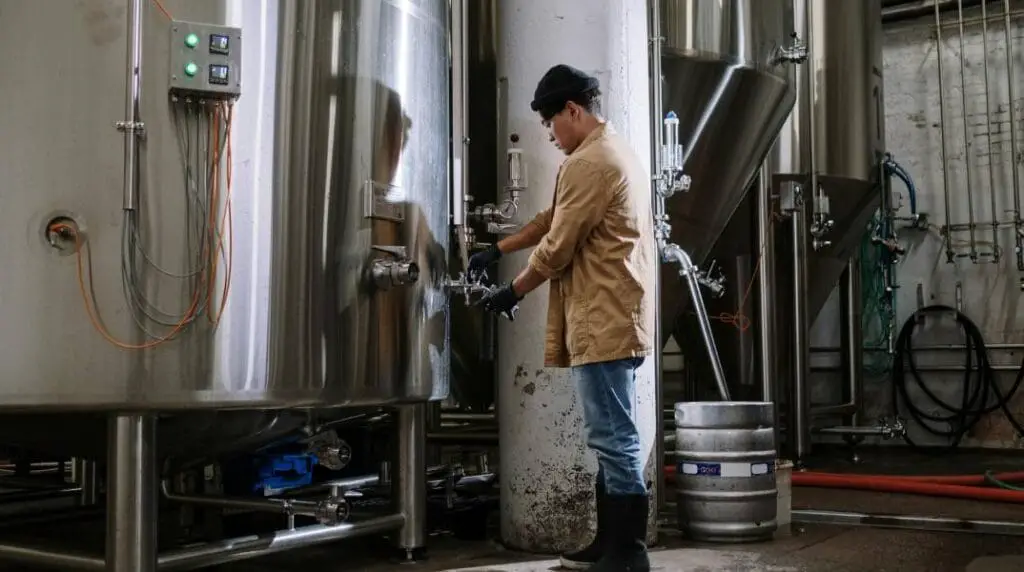
Frequently Asked Questions
Can You Use Cold Water to Dissolve PBW?
Yes, you can use cold water to dissolve PBW, but it is less effective than warm water. Warm water helps PBW dissolve and clean more efficiently. If using cold water, expect longer soaking times and potentially less effective cleaning results. Warm water is recommended for best performance.
Where Can You Buy PBW?
You can buy PBW from specialty brewing stores and local homebrew supply shops. These stores typically carry a range of cleaning products tailored for brewers. Look for reputable suppliers in your area or online through dedicated brewing supply websites to purchase your PBW.
What Is the Best Temperature for PBW?
The best temperature for PBW is warm water, ideally between 50 to 170 degrees Fahrenheit. Warm water helps PBW dissolve quickly and enhances its cleaning effectiveness by breaking down residues more effectively. Avoid using extremely hot water as it may degrade PBW’s cleaning properties.
Conclusion
Mastering the correct amount of PBW per gallon unlocks the key to pristine brewing equipment. By understanding how to calculate and adjust PBW measurements, you ensure effective cleaning without unnecessary waste. Implementing these insights guarantees efficient maintenance, contributing to smoother brewing processes and better-tasting results.



